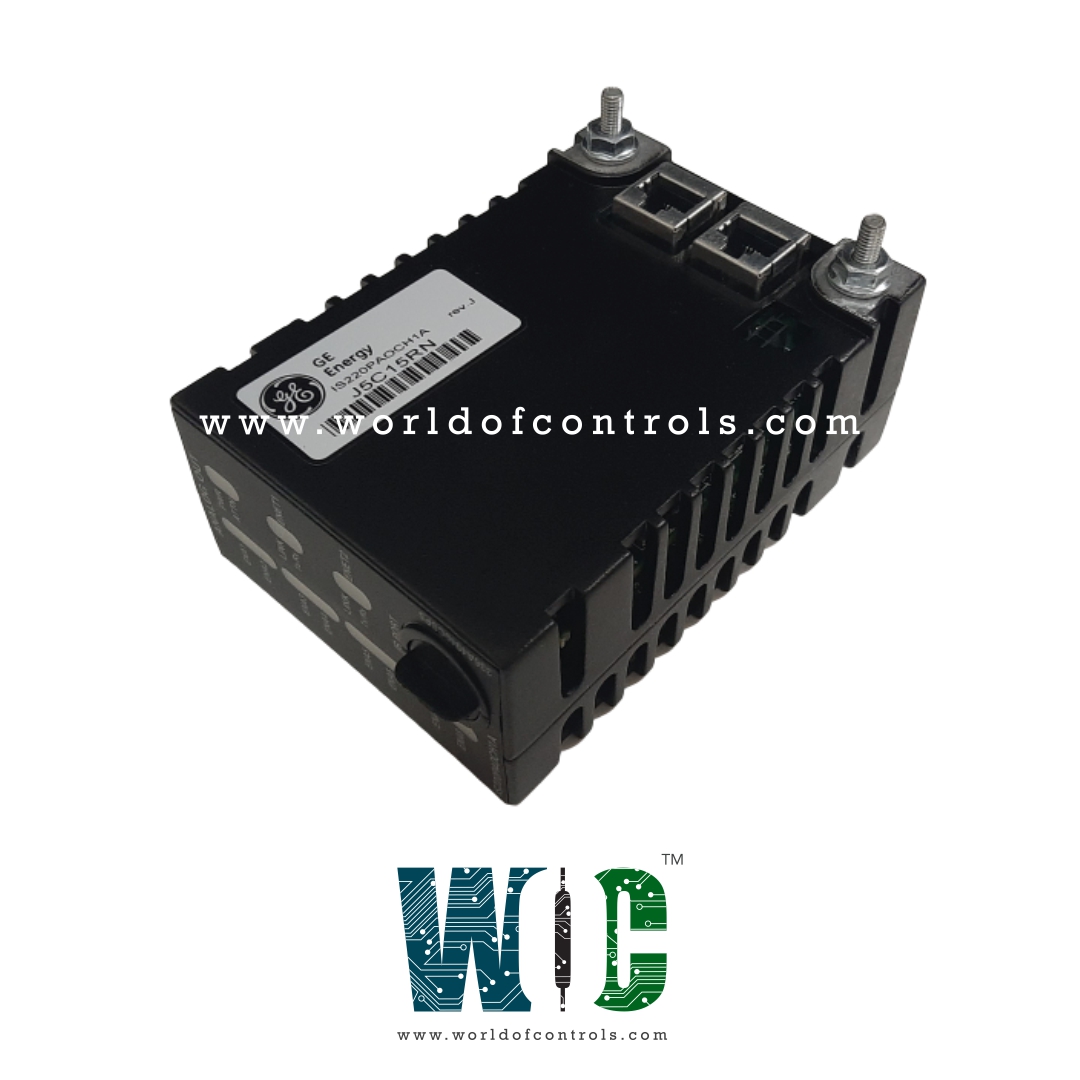
World Of Controls understands the criticality of your requirement and works towards reducing the lead time as much as possible.
IS220PAOCH1A, REV J - PAOC Analog Output Module is available in stock which ships the same day.
IS220PAOCH1A, REV J - PAOC Analog Output Module comes in UNUSED as well as REBUILT condition.
To avail our best deals for IS220PAOCH1A, REV J - PAOC Analog Output Module, contact us and we will get back to you within 24 hours.
SPECIFICATIONS:
Part No: IS220PAOCH1A, REV J
Manufacturer: General Electric
Function: PAOC Analog Output Module
Series: Mark VIe
Input voltage: 125 V
Input Span: 1 - 5 Vdc
Input Converter Resolution: 16-bit A/D Converter
Common Mode Voltage Range: 5 V
Scan Time: 5 ms
Total Output: 400 W
Total Output Power: 400 W
Output Voltages: +5, ±12, ±15, ±28 V DC
Temperature: 30 to 66°C
Technology: Surface Mount
Board Size: 8.26 cm High x 4.19 cm Wide x 12.1 cm Deep
Availability: In Stock
Country of Origin: USA
Manual: GEH-6721D
FUNCTIONAL DESCRIPTION:
IS220PAOCH1A, REV J is a PAOC Analog Output Module manufactured and designed by General Electric as part of the Mark VIe Series used in GE Distributed Turbine Control Systems. The PAOC serves as the electrical interface between one or two I/O Ethernet networks and an analog output terminal board. It includes a processor board common to all Mark VIe distributed I/O packs and a specialized acquisition board pair for analog output functions. The pack supports up to eight simplex 0-20 mA current loop outputs and features an analog-to-digital converter for current feedback. Inputs are received via dual RJ45 Ethernet connectors and three-pin power input, while outputs are transmitted through a DC-37 pin connector linked to the terminal board. Visual diagnostics are provided by indicator LEDs, with local diagnostics accessible via an infrared port.
COMPATIBILITY:
The PAOCH1A is compatible with the TBAOH1C analog output terminal board and the STAO board but not with the DIN-rail-mounted DTAO board. Although the PAOC can be mounted on TBAOH1A or TBAOH1B terminal boards, it will not achieve full analog signal accuracy due to circuit differences in these earlier revisions. Therefore, compatibility is limited to the H1C version of the TBAO board. If mistakenly powered on an older board, the PAOC will report a compatibility issue, but no physical damage will occur. Control mode refers to the number of I/O packs used in a signal path:
INSTALLATION:
OPERATION:
WOC has the largest stock of GE Distributed Control System Replacement Parts. We can also repair your faulty boards and supply unused and rebuilt boards backed up with a warranty. Our team of experts is available round the clock to support your OEM needs. Our team of experts at WOC is happy to assist you with any of your automation requirements. For pricing and availability on any parts and repairs, kindly contact our team by phone or email.
What is the primary function of the PAOC I/O pack?
The PAOC serves as an electrical interface between one or two Ethernet networks and an analog output terminal board. It provides up to eight simplex 0-20 mA current loop outputs with current feedback via an analog-to-digital converter.
Which terminal boards are compatible with the PAOCH1A?
The PAOCH1A is compatible with the TBAOH1C terminal board and the STAO board but is not compatible with the DIN-rail-mounted DTAO board. It can also be physically mounted on TBAOH1A or TBAOH1B boards but will not provide full analog signal accuracy.
How does the PAOC handle dual Ethernet connections?
When dual Ethernet connections are used, both network paths remain active simultaneously. This ensures continuous operation even if one network fails, with the failure reported via the working network.